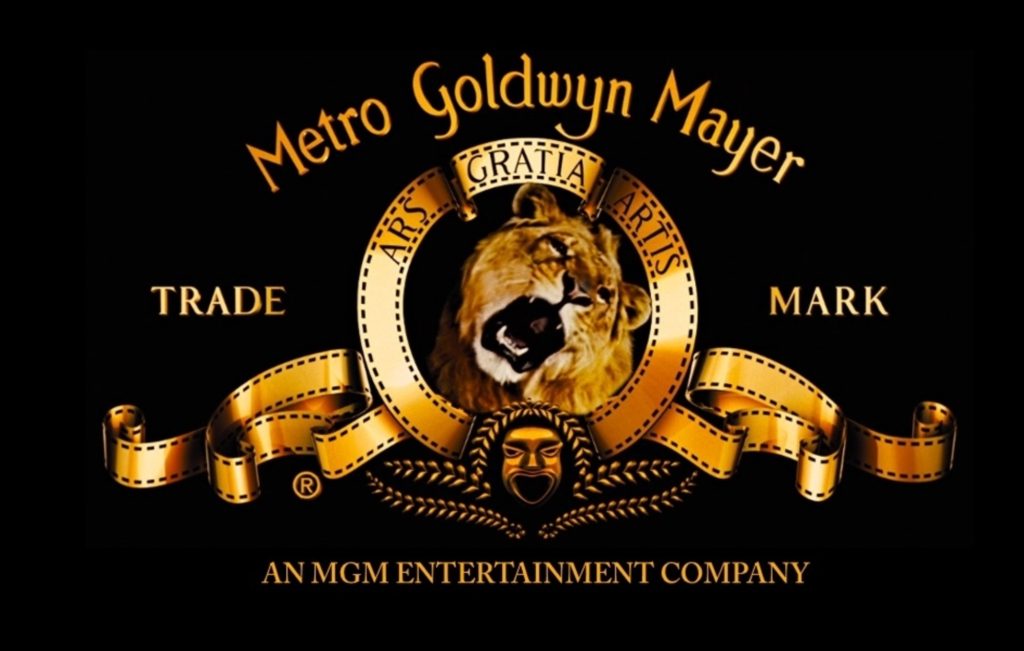
For nearly a hundred years, MGM has captivated audiences with its majestic and distinguished logo of Leo the Lion roaring through the golden arc. It remains one of Hollywood’s oldest traditions and icons. But did you know there have been seven lions over the decades?
Origins
In 1916 an executive named Howard Dietz was put in charge of creating a logo for the newly opened Goldwyn Pictures. There’s a debate of where he got the inspiration from for using a lion. One story claims it was an homage to his alma mater college, Columbia University, which featured a lion as the logo. This is the most popular origin story. The other version of events says that it was paying a nod to the company’s founder Marcus Leow, whose name translates to lion. Ultimately, its roots would matter little as the trademark has become one of the most iconic symbols in the film industry.
Design
Every lion the company used was dubbed Leo the Lion for marketing purposes, though every lion except one had a different name. The early lions were all filmed within their home confinements that were uniquely turned into a soundstage. Then they were pasted into a golden marquee made of film reels. If you’ve ever wondered what the Latin words, “Ars Gratia Artis” mean, it says “Art for Art’s Sake”. Then the greek mask was added under the lion. Of course, this would be tweaked and revised over the decades, like how MGM.com was eventually added across the bottom.
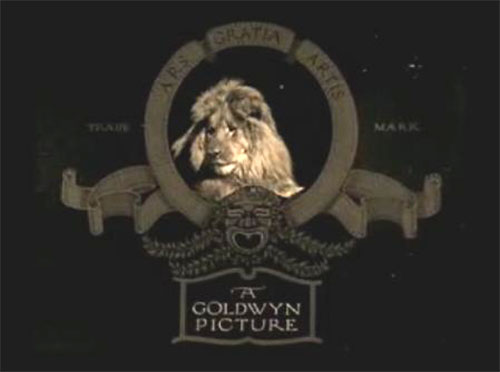
The first lion used was named Slats. When Goldwyn Pictures was absorbed in an acquisition, becoming Metro-Goldwyn-Meyer (MGM), Slats was used in black-and-white films from 1924 to 1928 and is the only MGM lion to never roar. Slats would calmly sit down and move his head around, rather than a roar. The first movie to ever use the iconic trademark was the movie He Who Gets Slapped. Slats died in 1936 and was buried in New Jersey. His owner famously planted a pine tree on top of his grave to “keep the lion’s spirit down.”
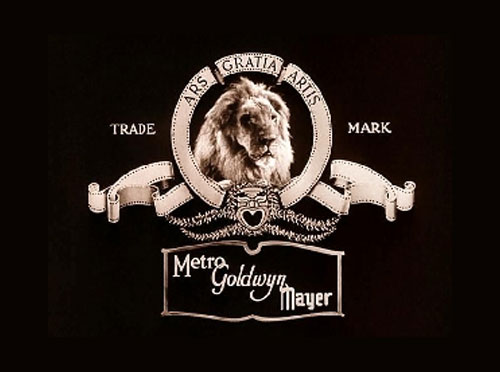
From 1928 to 1953, MGM would use the lion known as Jackie. Jackie is perhaps the most fascinating lion of the seven. Not only was he the first lion to roar but he’s also the first lion logo to be seen in color. With the invention of the gramophone and its evolution, Jackie’s roar would be replaced with a panther roar in 1932. Jackie received the nickname Leo the Lucky because he had survived a plane crash, an earthquake, a boat sinking accident, and two train wrecks. Unlike his successors, Jackie made a career of appearing in over one hundred films, including the original Tarzan flicks. The lion’s grandmother was even one of the first lions to ever appear in a movie. We seemed to have a Hollywood lion dynasty going on. Jackie was pretty much the Lassie of lions.
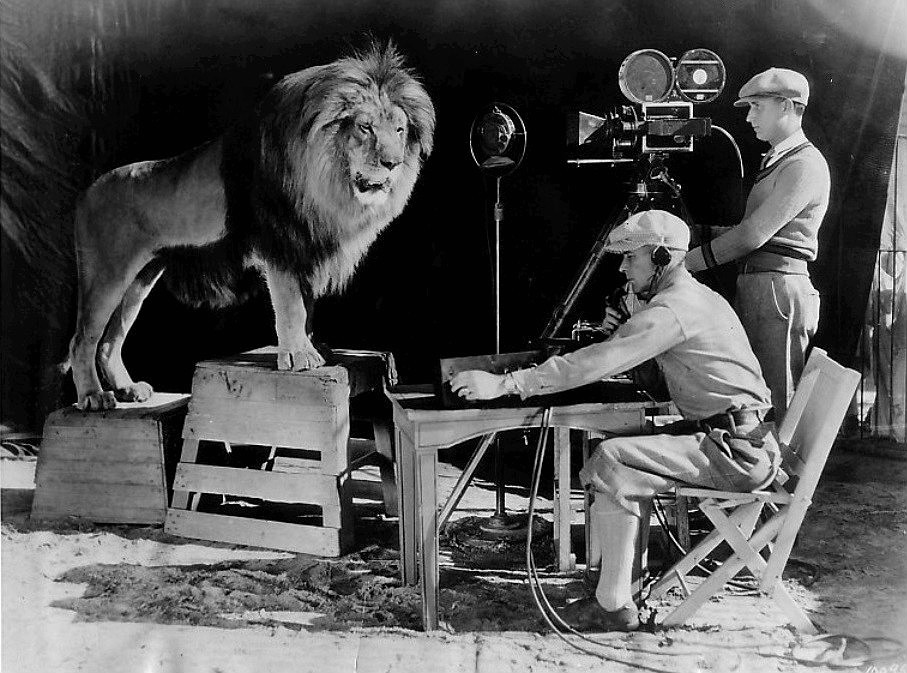
Though Jackie’s logo remained in rotation, MGM began experimenting with two other lions, Telly and Coffee. Telly, the third, ran from 1928 to 1932; and Coffee, the fourth, replaced him and was used until 1935. Coffee had one of the longer logos, letting him snarl and roar three times instead of the usual two. These two lions were used mostly in experimental phases of Hollywood as MGM was testing two-strip Technicolor for the first time. Some would argue that another lion named Bill precedes Telly, but the footage has become inaccessible.
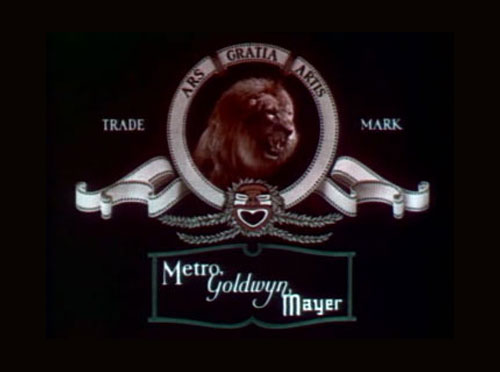
From ‘34 to ‘56 we had Tanner, perhaps the most beautiful and definitely the scariest of the bunch. What made Tanner special was that he was the first lion used in three-strip Technicolor, making all the colors more vibrant and rich than they ever were. He and Jackie were used interchangeably the most during this period of MGM. Usually, Jackie appeared in black-and-white films while Jackie appeared in exclusively colored films. Many of today’s audiences will remember Tanner as he appeared before many of the Tom & Jerry cartoons. Back in the day, if you ever saw Tanner, you knew you were in for a high-quality production with color.
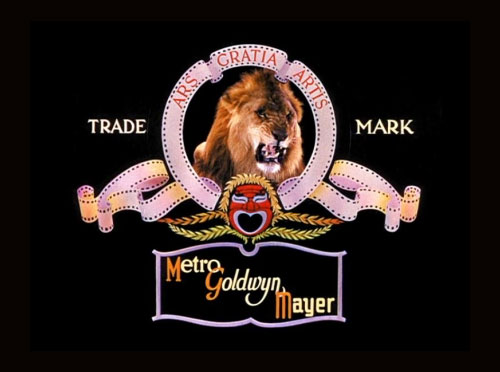
And then there was poor George. He was used briefly from ‘56 to ‘58 and had the heaviest mane of them all. Frankly, audiences and the studio weren’t impressed and many of the selected films using George wouldn’t use him in remastered versions.
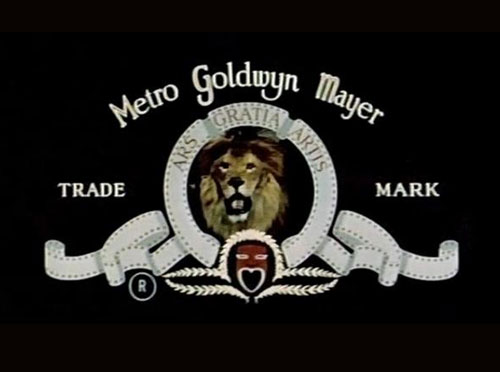
Now we get to the most famous one: Leo the Lion (whose actual name was Leo this time). Easily the longest used and debuted in 1957, Leo was born in the same zoo as the first lion Slats, coincidentally. Leo was also the youngest lion they used, which explains why his mane was so small at the time of filming. I could write an entire article on how Leo’s logo would be modified, remastered, and tweaked over the decades, but I will not bore you too much as most of you reading this have probably been around long enough to see the little changes over the years. The first major update was in 2012 that had the camera zooming out of Leo’s eye before he made his famed roar (which some claim is actually a tiger roar). Leo would also partake in a famous photo shoot with Alfred Hitchcock.
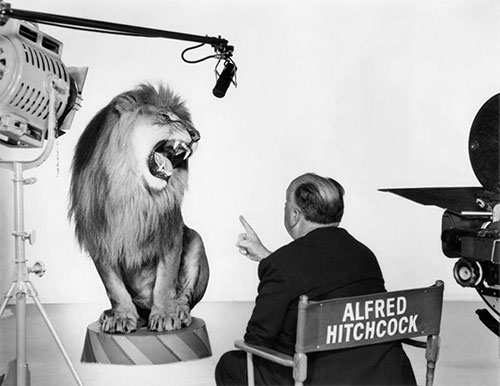
A full day before I sat down to write this logo, MGM unveiled their new CGI logo, breaking a 64-year tradition. Why bother ever-changing the logo though? Current speculation claims that it’s becoming harder and harder to remaster the footage, especially in this era of 4k and 8k becoming the norm. So it looks like Leo the Lion has finally been retired. The logo was meant to make its debut with the new James Bond flick, No Time to Die, but with COVID-19 constantly delaying it, it’ll debut with the new comedy Dog starring Channing Tatum and the Aretha Franklin biopic, Respect, set to release this summer.